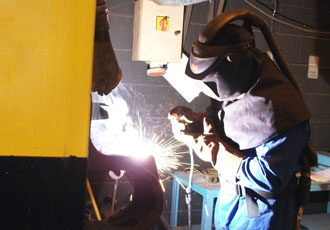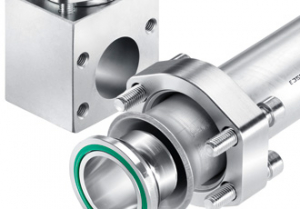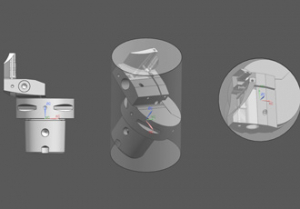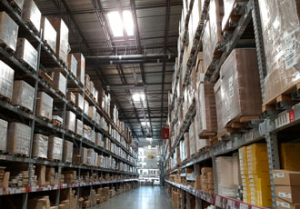Rein it in! 1,000 bogie saddles repaired for freight operator

In the rail industry, one of the most important aspects to maintaining high safety standard is regular inspection and maintenance of the rolling stock and tracks. For one freight operator this has included the overhaul of 250 coal wagons that needed new wear plates installing onto the bogie saddles, a task that Sulzer has completed as part of its on-going work in the rail sector. Keeping rail freight wagons in good running order requires the rolling stock to undergo general repairs every ten years or after a predetermined distance in work.
Implementing high quality repairs and attention to detail is essential to maintaining a reliable fleet that is capable of delivering the country’s freight safely and efficiently.
One recent project for Sulzer involved the assessment and repair of 1,000 bogie saddles for this coal wagon fleet. The saddle is a cast iron frame that holds the axle bearings and attaches the axle to the bogie. In all, there are four saddles per wagon, and these were collected in batches for repair by Sulzer’s service centre in York.
The wear plates were originally tack-welded in position but in service these can crack, weakening the fixing of the wear plate. In some cases, the wear plates have fallen off and the base material in the saddle has been damaged. In these cases, the saddle has to be replaced as well, but for the majority it is possible to remove and replace the wear plates.
Thermal shock prevention
The plates themselves are made from 13% manganese steel, which has very high impact strength and resistance to abrasion, making it a suitable alloy for this application. Primarily these are supplied to Sulzer by the customer, however, attaching them to the cast iron saddles is not quite as simple as it seems.
Kevin Butterworth, Sales Manager at Sulzer’s York Service Centre, explained: “When the saddles are first received the original wear plates are removed and the old welds ground away before the saddle is heated up ready for attaching the new wear plates. By heating the cast iron saddles prior to welding, we avoid damaging them through thermal shock.”
Once the plates are welded in place and the saddles are fully restored, they are cleaned and painted before being returned to the customer. In the past, the completed saddles have been returned unpainted to help minimise costs. Although not completely necessary from an aesthetic point of view, the new paint does reduce corrosion and ultimately contributes to the prolonged service life of each component.
As with all projects for the rail sector, Sulzer’s experienced engineers work closely with the customer to devise a working procedure that enables the entire work scope to meet or exceed the necessary standards. In many cases this requires bespoke tooling, measuring equipment and procedures to be created; tasks that are regularly accomplished throughout Sulzer’s network of service centres.
Butterworth concluded: “Sulzer has been working with the rail industry for many years, providing comprehensive maintenance services for mechanical and electrical components such as bogies and traction motors. Each project is carefully assessed to ensure the correct working procedures and quality controls are always in place. Through a process of continuous improvement, Sulzer maintains its commitment to deliver high quality repairs cost effectively.”
Similar articles
More from Sulzer Ltd
- Construction of Sulzer’s new Birmingham Service Centre on track 8th September 2020
- Electrical distribution powered up for holiday period 1st July 2020
- Rapid reverse engineering 18th December 2019
- The future of the oil and gas sector is now 25th October 2019



ed.jpg)








Write a comment
No comments